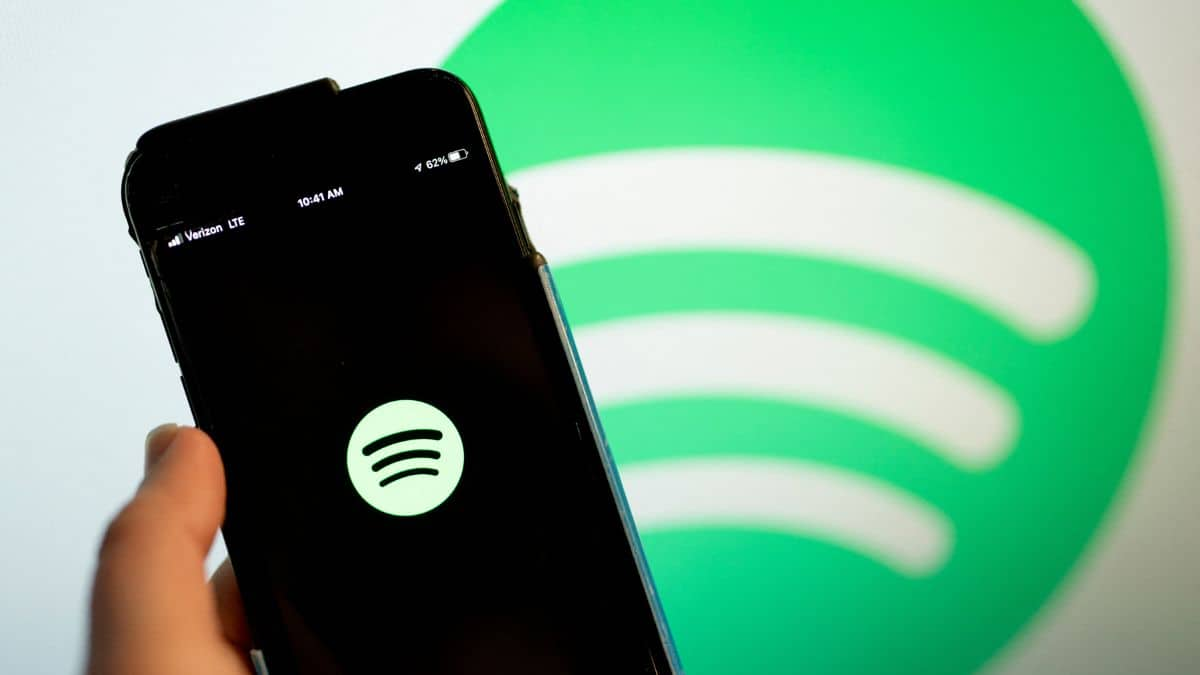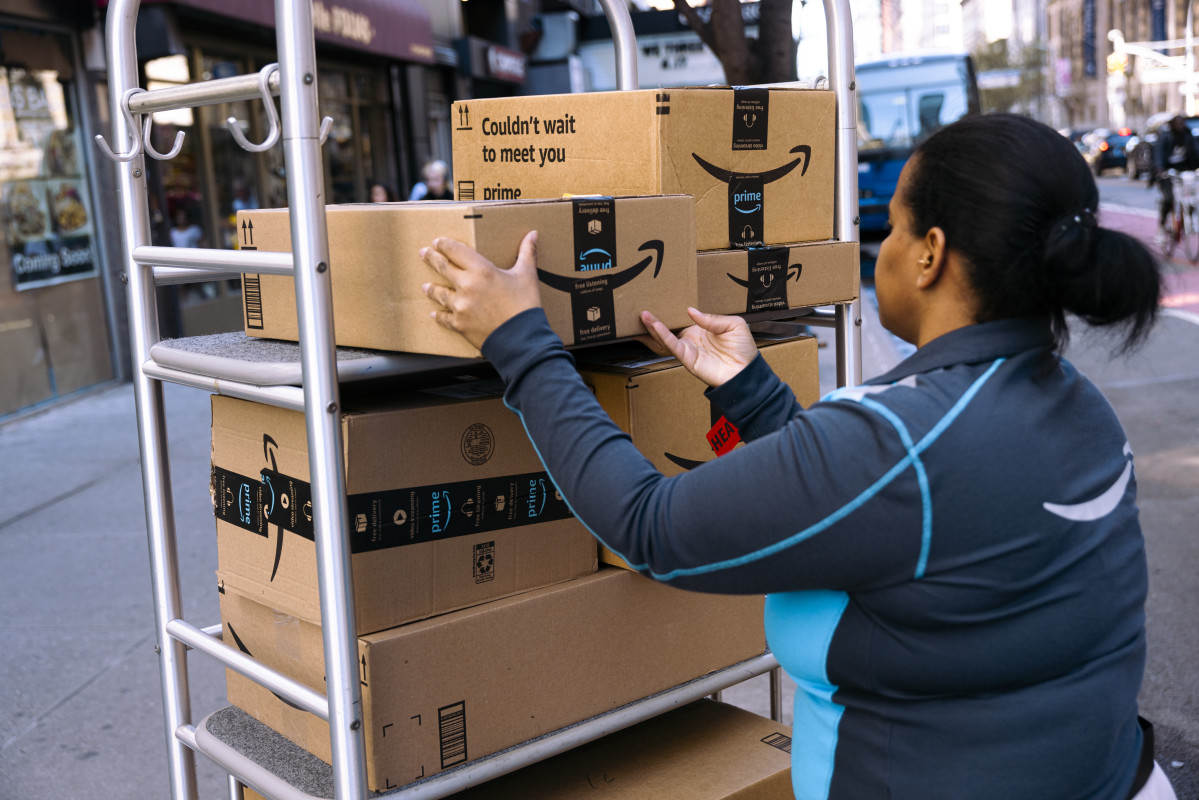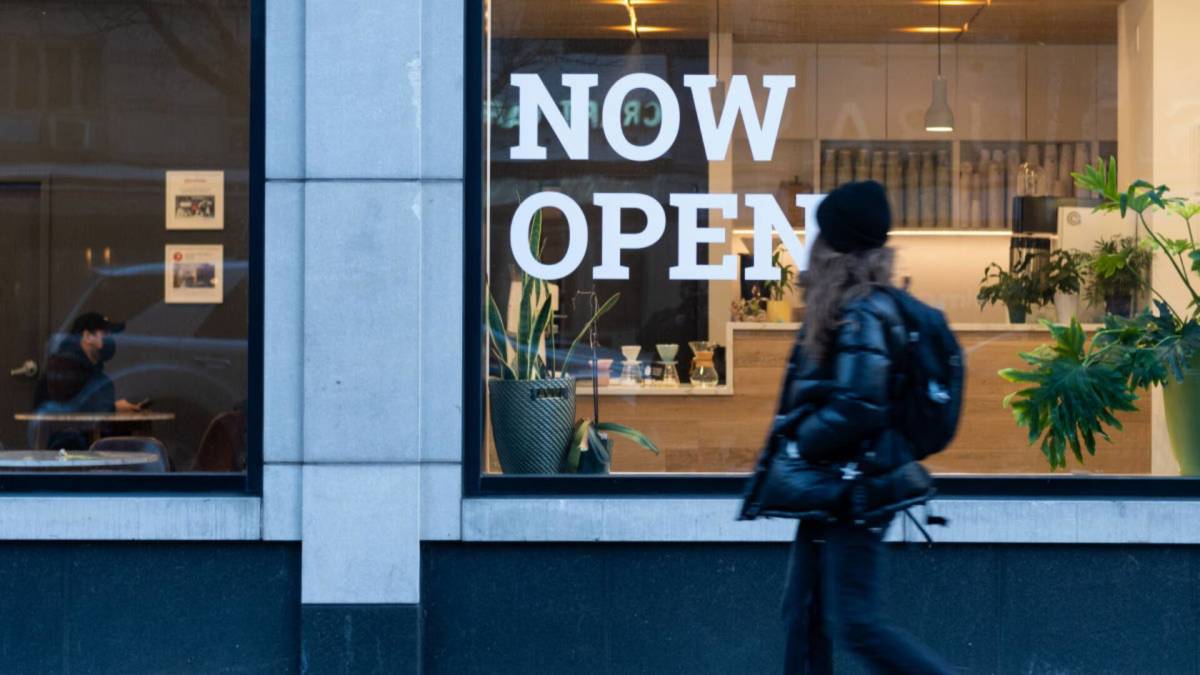Waymo drives on freeways: what's next
Alphabet-owned Waymo recently announced it has opened its driverless service to freeways across the Bay Area, Los Angeles, and Phoenix, marking a consequential expansion for the company since it began commercial operations. This means riders will now be able to book rides using the Waymo app to ...

Alphabet-owned Waymo recently announced it has opened its driverless service to freeways across the Bay Area, Los Angeles, and Phoenix, marking a consequential expansion for the company since it began commercial operations.
This means riders will now be able to book rides using the Waymo app to take fully autonomous trips on major highways, “expanding service from San Francisco all the way down to San Jose, including curbside service at San Jose Mineta International Airport (SJC).”
The service was previously tested with millions of miles logged on freeways, involving Waymo employees and guests in the three cities. This expansion highlights Waymo’s ability to navigate high-speed safety and decision-making challenges that previously caused concern. Waymo
Waymo makes updates following safety concerns
In October, the National Highway Traffic Safety Administration (NHTSA) launched an investigation into 2,000 Waymos after footage of a Waymo vehicle in Atlanta circulated online, showing it driving around a school bus with flashing red lights.
Waymo has since issued updates to improve its fleet’s performance. In a recent interview with TechCrunch, Waymo Co-CEO Tekedra Mawakana addressed the case, saying that Waymo has driven over 100 million RO (Rider Only) miles.
A study conducted by Waymo, which included over 96 RO miles, found that Waymo drivers were found to be five times safer than human drivers.
The freeway announcement follows a series of updates from Waymo, including third-party safety audits and unveiling that Waymo driver now “successfully navigates rain, fog, sandstorms, and freezing temperatures.”
The robotaxi competitive landscape
Waymo is not alone in leveraging the expanding and evolving world of artificial intelligence advancement. It enjoys an advantage over its competitors; however, other major tech companies, such as Amazon and Tesla, are also progressing in the field.
Amazon-owned Zoox is expanding the testing cities of its custom-built bidirectional robotaxi, whereas Elon Musk’s Tesla plans to launch its cybercab by 2026.
Meanwhile, General Motors stopped investing in its autonomous line, Cruise, and has shifted focus from robotaxis to self-driving features in cars for personal use.
Related: Waymo makes huge announcement about these 3 cities
Internationally, Waymo is facing direct competition from Baidu’s Apollo Go, which boasts lower production costs and similar testing experiences to those of Waymo. Additionally, PonyAI, a Chinese autonomous vehicle technology company, has evolved into a fare-charging commercial model.
In the process, Uber and Lyft are working to position themselves as distributors and are integrating their existing fleets to match the demands of these autonomous companies.
Waymo’s future expansion
Waymo’s next phase focuses heavily on geographic scaling, with several new cities in the pipeline.
Mawakana told TechCrunch that expansion in cities like Miami will occur in early 2026 due to favorable regulatory frameworks. In Washington, D.C., Waymo is still working to eliminate the requirement for human supervisory drivers before it can operate a rider-only service.
Related: US auto giants give car buyers mixed messages about EV plans
A notable win came with New York, where Waymo became the first autonomous company to receive a permit, recently extended through December 2025, to test eight autonomous vehicles in Manhattan and Downtown Brooklyn with a human supervisory driver.
Waymo’s current operational markets:
- Phoenix
- San Francisco
- Los Angeles
- Austin (via Uber)
- Atlanta (via Uber)
Waymo's planned expansion markets:
- Miami
- Washington, D.C.
- Nashville
- Denver
- Dallas
- Seattle
- London
As part of the vision, Mawakana shared that compared to the hundreds of thousands of rides Waymo performs per week this year, the company aims to make 1 million trips per week by the end of 2026.
Robotaxi industry sees economic shift
Waymo’s progress comes with a shifting economics of the autonomous industry. According to Research & Markets, the U.S. robotaxi market is poised for significant growth, increasing from $1.2 billion in 2024 to $2 billion in 2025, driven by sustainability, urbanization, and the rapid adoption of autonomous technology.
Looking ahead, it is projected to hit $16.24 billion in 2029, at a CAGR (Compound Annual Growth Rate) of 68.9%.
Goldman Sachs is more bullish, forecasting a 90% annual growth rate in autonomous rideshare revenue, driven by the declining cost of AVs and reduced driving costs per mile. Sachs estimates AVs to generate “$7 billion in annual revenue and capture roughly 8% of the U.S. rideshare market, up from less than 1% at present.”
With more than 1,500 operational vehicles commercially available in five US cities, Sachs projects that this number will increase to 35,000 nationwide by 2030.
Related: S&P 500 profits surge on price hikes, cost cuts
What's Your Reaction?




















































